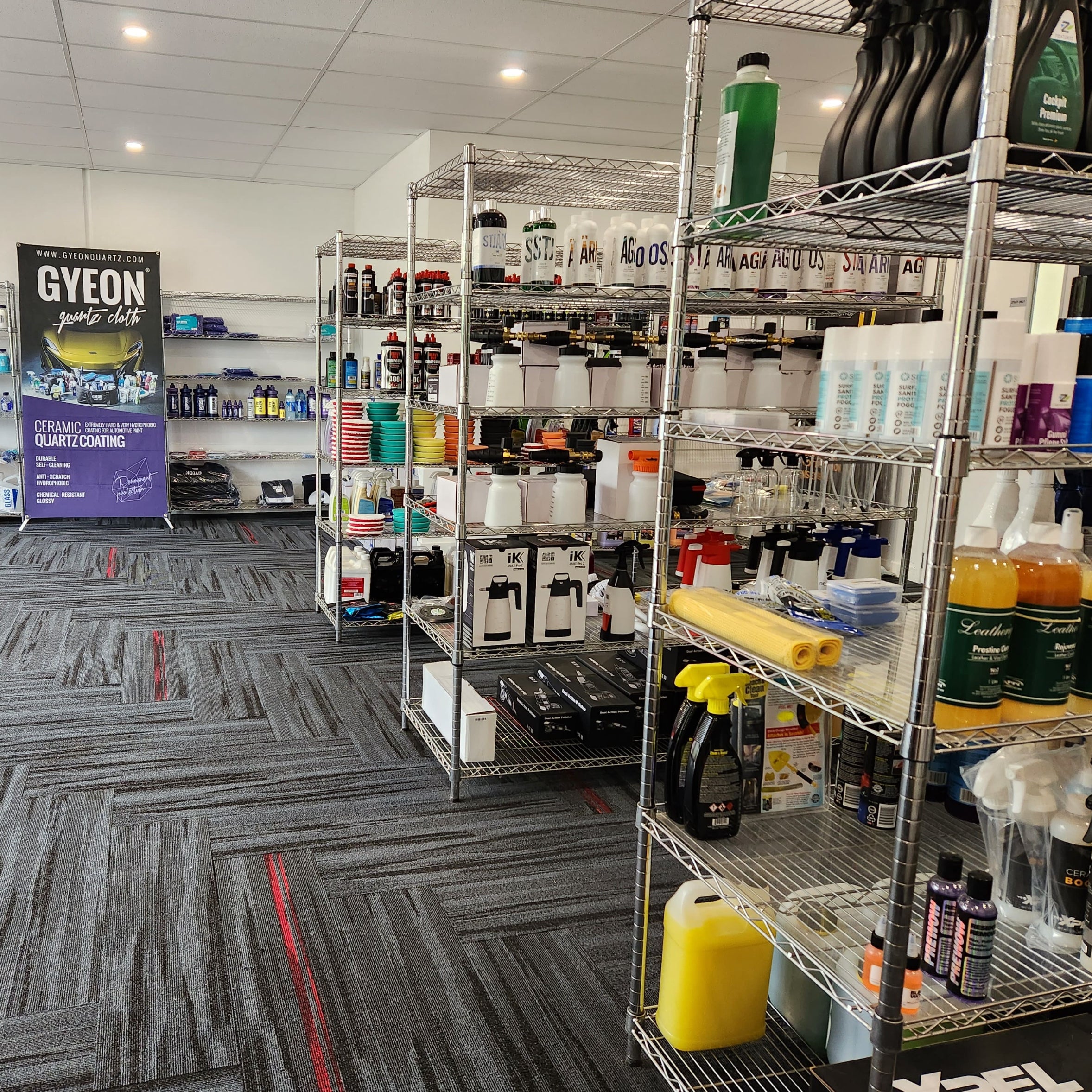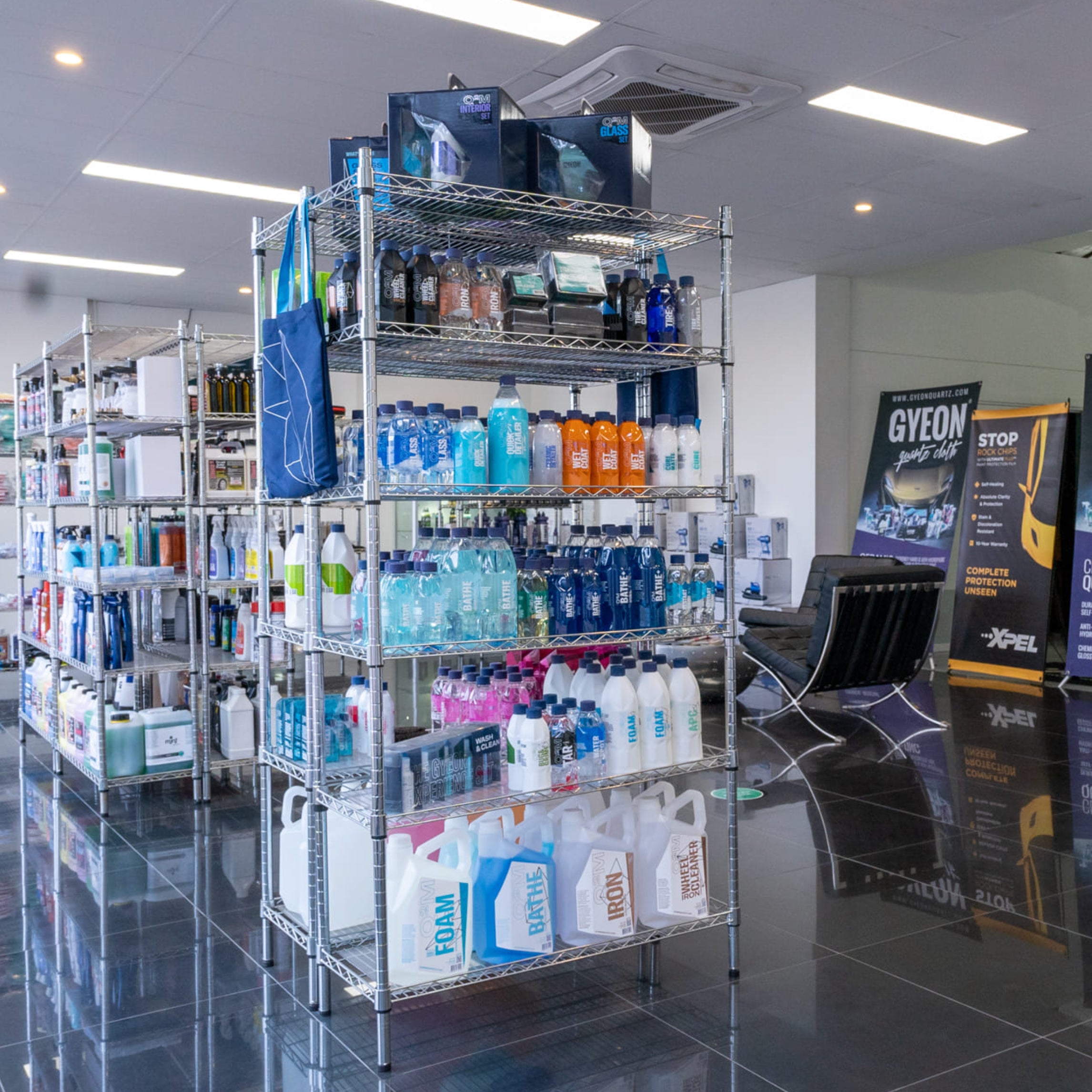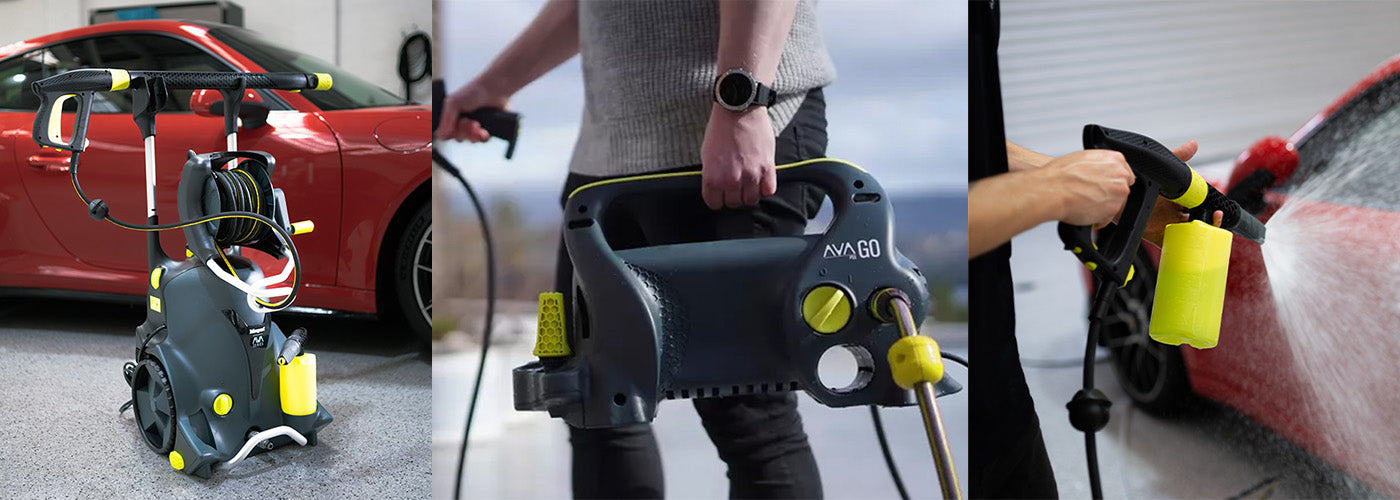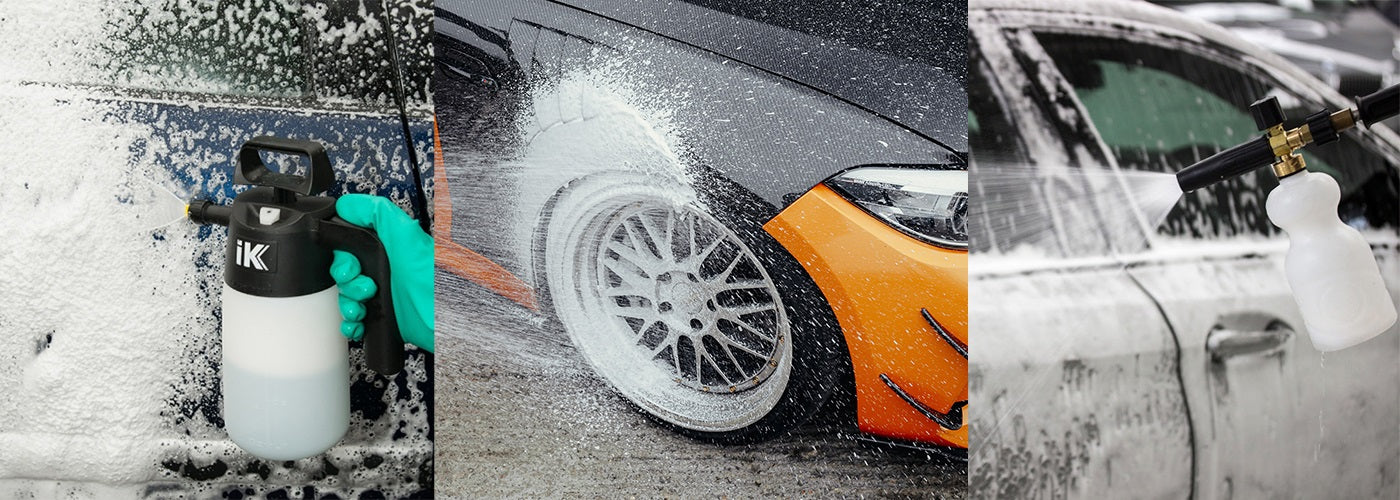Paint Correction is a term used for describing the process of polishing car paint using abrasive polishes to permanently remove the imperfections, swirls / scratches, from the surface. This is achieved through machine polishing.
Other popular terms are ‘cut’ or ‘buff’ but these can refer to a usually quicker, cheaper option that is sometimes mistaken for disguising the imperfections, rather than correcting them, to achieve a shine on the paint.
If you are an enthusiast or beginner then look towards a Random Orbital / Dual Action Machine (like the DAS-6). These are very safe and easy to use even for first-timers. Stay away from Rotary machines which need considerably experience to master.

Tips before starting:
Try to work inside, if not always in the shade and ensure the paint surface is cool. Make sure your car has been washed thoroughly and dried. Prior to polishing it is important to prepare your car paint properly, clay barring is usually required to leave a clean contaminant free smooth surface.
What you need:
A Random Orbital / Dual Action Polisher (like DAS-6), A roll of masking tape, Quality Polishes, Foam Pads, A soft Microfibre cloth, An extension lead
Directions:
Firstly tape up all the delicate areas of the car that you do not want to polish such as rubber seals and plastic trim. Use a quality painters' tape, like Kamoi, to avoid unnecessary cleanup.
Then take your Dual Action / Random Orbital Polisher and attach it to the extension lead ensuring you have ample length to go around the car with ease.

The Polishing Foam Pads stick onto the backing plate of the polisher using Velcro. There are a range of pads with differing levels of density/abrasion ranging from Heavy Cut (to remove deeper marks and scratches) down to Finishing (to remove light marks and enhance the gloss). You should always start with the finest pad that you think will achieve the correction needed.
With Polishes, use a quality brand that will remove the marks and scratches and not just fill them, something like Menzerna. Similarly to pads there are a range offering differing levels of cut and gloss, these should again be chosen to suit the level of correction needed and the pad being used.
Next place the cord of the polisher over your shoulder so that it does not knock against the car and mark the paint.
You will not need lots of polish if you are using a quality one, place a few (3-5) small drops onto your pad and then dab the pad onto the area you wish to polish. Usually, you would tackle small areas of the car at one time, perhaps half of a panel such as the boot.
Start the polisher when it is placed on the surface and start on the lowest speed setting, number 1. Then lightly cover the area that you are going to correct with the polish, no pressure is need you are simply spread the polish, just like spread butter over bread.
Then increase the speed controller, if you are correcting medium to heavy marks or cutting, a speed of 5 or 6 is required. Apply only a small amount of pressure, the polisher will do the work. Always travel in passes from left to right and then up and down in smooth slow motions. This will ensure 100% coverage and even results. Work over the surface until the polish is broken down, typically about 5 or 6 passes in each direction.

After this switch off the polisher (and turn the speed control back to number 1), wipe off any residue with a soft, clean microfibre cloth. If you have corrected the imperfections, then you can move to a finishing polish or straight to a sealant/wax. If there are still imperfections to remove you can consider repeating the previous step or even move up to a harsher pad/polish to remove more of the scratches or swirls.
After the first stage of correction, if the majority of the marks are removed, and you are satisfied, then you might look at a finishing polish to refine the paint and enhance the gloss levels.
This is done in exactly the same way as the first stage but with a finishing pad and a lighter polish. Again, apply the polish to the pad and cover the area, then increase the speed (probably just 3-4) making sure that you complete 4 or 5 passes from each direction. After wiping away any residue with a soft microfiber cloth.
With the combination of a Dual Action Polisher, a small range of quality polish and pads you can achieve permanent paint correction for swirl marks, scratches and other paint defects, leaving your paint sparkling, glossy and deeper in color.
Once complete your car is now ready to be waxed or seal to protect the paint and the shine.

For a demonstration of this topic please see the video:





